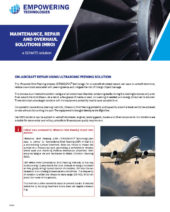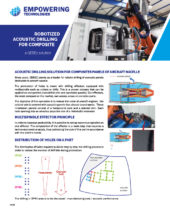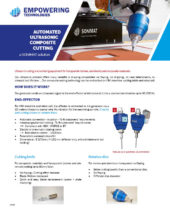- Company
- Metal
- Metal
- The STRESSONIC® peening technology
- Ultrasonic Shot Peening
- Ultrasonic Shot Peening
- Ultrasonic Shot Peening Process
- Portable Shot Peening Equipment
- Automated Shot Peening Machine
- Ultrasonic Peen Forming
- Ultrasonic Peen Forming
- Ultrasonic Peen Forming Process
- Portable Peen Forming Equipment
- Ultrasonic Impact Treatment
- Ultrasonic Impact Treatment
- Ultrasonic Impact Treatment Process
- Portable Impact Treatment Equipment
- Peening Services
- Robotized sanding
- Robotized sanding
- Robotic Sanding Process
- Sanding robot
- Robotized trimming
- Robotized trimming
- Trimming process
- Trimming robot
- Robotized deburring
- Robotized deburring
- Deburring process
- Deburring robot
- Composite
- Composite
- Robotized Acoustic Micro Drilling
- Robotized Acoustic Micro Drilling
- Acoustic Drilling Process
- Drilling robot
- Robotized Sanding
- Robotized Sanding
- Robotic Sanding Process
- Sanding robot
- Robotized trimming
- Robotized trimming
- Trimming Process
- Trimming robot
- Robotic Platform and technical support
- Ultrasonic Cutting
- Automated insert placement
- Thermoplastics
- Thermoplastics
- Hot plate & Infrared welding
- Hot plate & Infrared welding
- Hot Plate Welding Process
- Infrared Welding Process
- HPW – Automated Solution
- Spin Welding
- Spin Welding
- Spin Welding Process
- RSW – Automated Solution
- Sectors
- News
- Downloads
- Contact
- Company
- Metal
- Composite
- Thermoplastics
- Sectors
- News
- Downloads
- Contact






